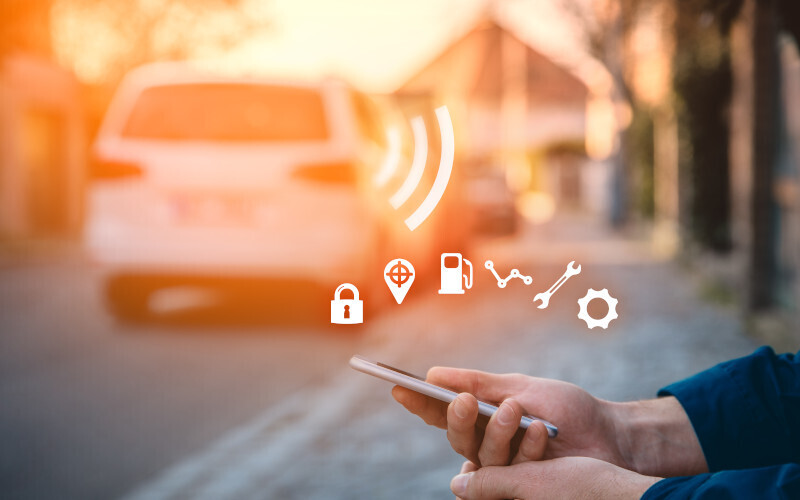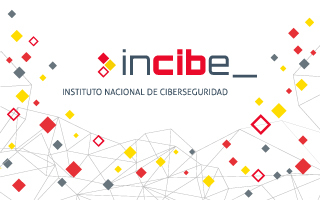
In today's business landscape, the digital revolution has led to an unprecedented transformation, and at the epicenter of this evolution are Industrial Internet of Things devices (IIoT). These devices, skilled in collecting and transmitting data in real-time, have emerged as fundamental pillars, that drive operational efficiency and decision-making in industrial environments.
From advanved sensors to smart sctuators, the network of IIoT devices implemented in the industrial fabric is improving the frontiers of connectivity, impacting the way companies design, implement, and manage their operations.
In this article, we will learn about the role of these devices within Industry 4.0, analyzing how different types of architectures are implemented and how their communications protocols shape the future of the industry.

En la actualidad, el crecimiento de las plantas industriales ha provocado una incesante búsqueda en la mejora de la productividad de los procesos industriales. Esto ha llevado a la evolución de los dispositivos IIoT y, con ello, la emergencia de las pasarelas ICS. Estas se han postulado como puentes tecnológicos, tendiendo vínculos, puentes, entre los dispositivos instalados y la inmensidad de los entornos cloud. En este artículo descubrirás el papel central de estas pasarelas, descubriendo su función como facilitadoras esenciales en la convergencia de la ingeniería tradicional y la innovación en la nube.

This post presents some lines of action that should be followed to deal with a DrDoS cyberattack based on the LDAP protocol, describing in detail the prevention, identification and response phases to follow.

En este post se presentan algunas líneas de actuación que deben seguirse para hacer frente a un ciberataque DrDoS basado en el protocolo CharGEN, describiendo detalladamente las fases de prevención, identificación y respuesta a adoptar.

In the electricity sector, it has always been necessary to use robust communications that allow proper communication, since a failure in this sector would cause a large number of losses, both economic and social.
In addition, with the technological advances, it is important also to have secure communications since the electricity sector is one of the sectors that currently suffers the most cyber-attacks. For this reason, in recent years different robust and secure protocols have been created.
One of these protocols is DNP3, created mainly for the use of substation automation and control systems, for the electric utility industry, although it has now also been used for other sectors.
Finally, in this article we want to explain in more depth the operation of this protocol and the benefits or disadvantages of using this protocol.

CAPEC (Common Attack Pattern Enumeration and Classification) is a project that focuses on enumerating and classifying common attack patterns on computer systems and providing a systematic approach to understanding and addressing the tactics used by attackers. Like CWE (Common Weakness Enumeration), CAPEC is an initiative of the computer security community and is maintained by the National Institute of Standards and Technology (NIST) in the United States. Recently in version 3.9, the project has incorporated a number of attack patterns related to the industrial world.
This article aims to show the reader the use of these codes, such as those used at the identifier level in CVEs, CWEs, etc., and which are related to many of the jobs that are carried out on a daily basis in the industrial cybersecurity sector.

The automotive world has always been one of the most cutting-edge sectors in terms of the technology used, which is why today's cars are equipped with technologies such as Bluetooth, NFC, GPS, etc., which improve different aspects such as comfort, fuel efficiency and increased safety.
But these implemented technologies can also bring with them serious problems, such as the risk of cyber-attacks that can affect passengers in the vehicle, both at the level of personal data and physical security.
For this reason, this article aims to provide an insight into some of the cyber-attacks that smart cars have suffered and how cyber-security is evolving and adapting to make more and more vehicles cyber-safe.



